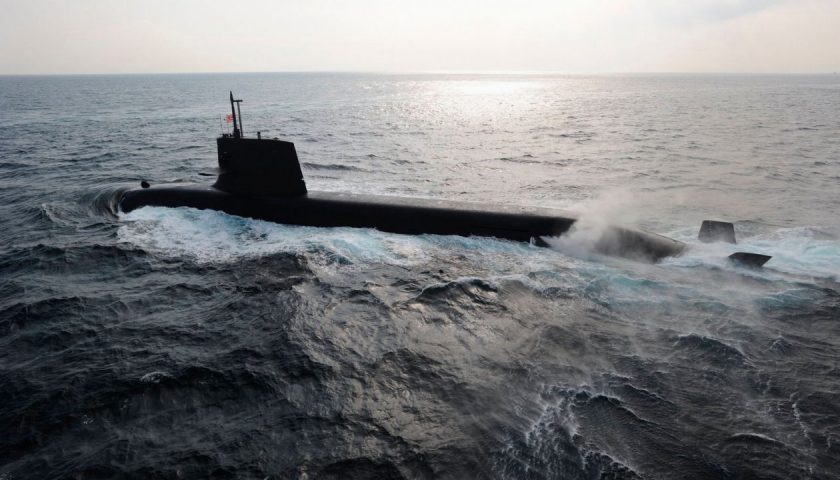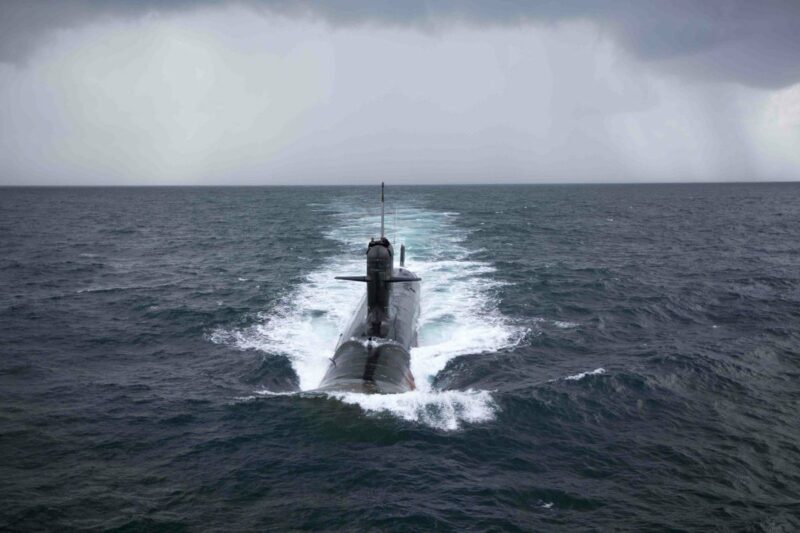Launched in 2014, the Indian P75i program aimed to take over from the P75 program awarded in 1997 to the French Naval Group for the construction of 6 Kalvari class submarines based on the Scorpene model. The new program was to allow the Indian Navy to receive 6 new submarines, this time equipped with anaerobic propulsion, or AIP for Air Independent Propulsion, already used on German, Swedish, Chinese and South Korean submarines. , and offering extended diving autonomy for submersibles, up to 3 weeks, compared to one week for conventional batteries. Since then, the P75i program has encountered many difficulties, in particular related to the requirements of the Indian specifications which imposes that only technologies already in service and operational can be proposed. These constraints led 4 of the 5 participants in the competition to withdraw, the Spanish Navantia, the German TKMS, the Russian Rubin and the French Naval Group, leaving only the South Korean DSME and its Dosan Anh Changho in competition, a very unsatisfactory situation for New Delhi which intends to take advantage of this contract to acquire certain key technologies to develop its own naval industry.
For several months, the situation around the program has been frozen, pending a modification of the specifications allowing other manufacturers to participate. At the same time, the Pakistan Navy significantly increases its own submarine capabilities, with in particular the acquisition of 8 AIP Type-039B submarines from Beijing, vessels reputed to be efficient and discreet, far superior to the Kilo and Type 209 which represent the bulk of the Indian submarine fleet. The P75 program is coming to an end, while the 5th of the submarines, the INS Vagir, should be admitted into service within a few days, and the 6th and last building, the INS Vagsheer, has been launched on April 22, 2022, and the Indian Navy seems very pleased with the performance of its new ships. Finally, since the launch of the P75i program, a new battery technology, based on the Lithium-ion couple, has been successfully used on the Japan's first Taigei-class submarine, the JS Tagei, offering many advantages, including vis-à-vis the AIP technology, creating doubt in New Delhi as to the relevance of the P75i program.

To meet these constraints, it would seem, according to the hindustantimes website citing sources familiar with the matter, that the Indian Navy General Staff plans to execute the option of 3 additional ships of the Kalvari class, perhaps accompanied by 3 other units, instead of the P75i program . Such an option would indeed make it possible to exploit the industrial tool of the Mazagon shipyards and all the supply chain organized by Naval Group as well as possible and in a short time, to respond to the rise in power of the Pakistani navy, the Scorpene being perfectly level to face the Pakistani Type 039B. But the ambition of the Indian Navy, in this arbitration, goes well beyond the subject of conventionally powered submarines, whether conventional, AIP or equipped with Lithium-ion batteries. Indeed, the objective is to acquire, as quickly as possible, a fleet of 6 to 8 nuclear-powered attack submarines.

75% of this article remains to read,
Subscribe to access it!
The Classic subscriptions provide access to
articles in their full version, and without advertising,
from 6,90 €.
Newsletter subscription
Register for the Meta-Defense Newsletter to receive the
latest fashion articles daily or weekly


[…] […]
[…] January 12, 2023 […]
[…] January 12, 2023 […]
[…] reserved solely for permanent members of the United Nations Security Council, and negotiations are said to be underway between Paris and Ne Delhi in order to provide the Indian SSNs with certain…significantly improving their performance and their acoustic discretion, as is the […]